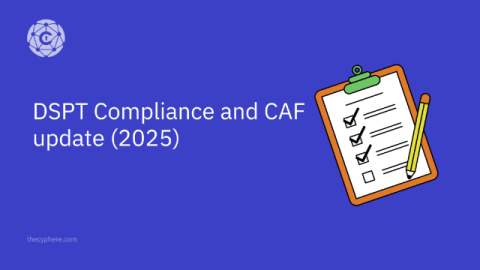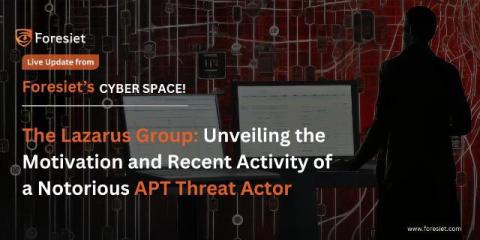What is DSPT Compliance: From Toolkit to Audit (2024)
The Data Security and Protection Toolkit (DSPT), an online tool, is undergoing significant changes. From September 2024, the DSPT will now align with the National Cyber Security Centre’s Cyber Assessment Framework (CAF) to enhance cybersecurity measures across the NHS. This shift will impact many NHS organisations and require adjustments to their data security and protection toolkit strategies.










